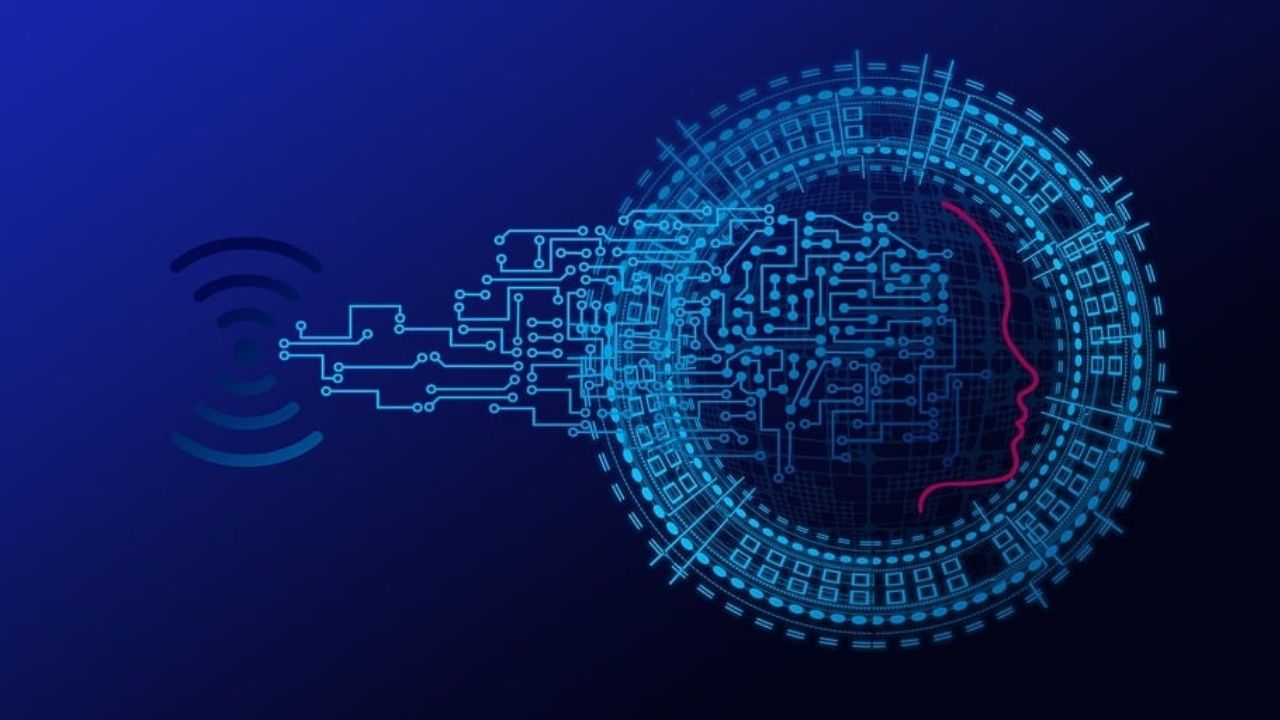The world’s first connected time crystal marks the beginning of a new era in quantum computing. For the first time, European scientists have connected a time crystal to an external system, which could one day help power future quantum computers. Scientists at Aalto University in Espoo, Finland, have published a study on this topic, and it was first authored by Academy Research Fellow Jere Mäkinen.
The study explains how the team transformed the time crystal into an optomechanical system, which can be used to create highly precise sensors or memory systems for quantum computers. The team used the facilities of the Low Temperature Laboratory, which is part of OtaNano, the Finnish national research infrastructure for nano, micro, and quantum technologies, as well as the computational resources of the Aalto Science-IT project.
Time Crystal? What is it?
Time crystals were first proposed by Frank Wilczek, who won the Nobel Prize in Physics in 2012. He suggested that quantum systems, such as a group of particles, could organize themselves in time instead of in space. Wilczek named them time crystals and defined them as systems in their lowest energy state, which continually repeat their motion without any external energy input. It is a new type of matter that is similar to a machine with perpetual motion. In theory, the parts of a time crystal can move in a repeating cycle continuously without using any energy.

In 2021, a team of scientists from Stanford University, Google Quantum AI, the Max Planck Institute for the Physics of Complex Systems, and Oxford University explained how they created a time crystal using Google’s Sycamore quantum computer. Later on, researchers at Delft University of Technology in the Netherlands created a time crystal inside a diamond. The scientists were able to confirm the existence of a real time crystal because of the special abilities of the quantum computer.
A Time Crystal Was Connected To An External System
For the first time, European scientists at Aalto University have connected a time crystal to an external system. Mäkinen said that perpetual motion is possible in the quantum world as long as it is not disturbed by external energy input, which can happen when it is observed. This is the reason why a time crystal had never been connected to any external system before.
He added that they not only achieved this, but also showed for the first time that the crystal’s properties can be adjusted using this method.



